The real reason marijuana is illegal in most of the world has nothing to do with getting high. In a classic bait and switch tactic played upon the American public in the early twentieth century, where the devil's weed was portrayed as a menace to society, the true reasons are revealed once one follows the money.
Jack Herer, the pro-cannabis and hemp activist and the author of the book titled, The Emperor Wears No Clothes, clearly illustrated in his book the real reasons that marijuana was vilified in the national press and the players responsible for funding efforts and passing legislation to eradicate it from the planet.
The book is a collection of facts collected from multiple sources through the use of the Freedom Of Information Act and chronicles the history of hemp and its importance to industry and the military.
After a dozen years of collecting and compiling historical data, Herer first published his work as The Emperor Wears No Clothes in 1985. Offering $100,000 to anyone who can disprove the claims made within, to date no one has refuted any of the claims made.
Hemp Has Many Uses
Besides medical and recreational uses for cannabis, the plant has innumerable uses besides getting high.
Quoting the back cover of Herer's book:
If all fossil fuels and their derivatives, as well as trees for paper and construction, were banned in order to save the planet, reverse the Greenhouse Effect and stop deforestation; then there is only one known annually renewable natural resource that is capable of providing the overall majority of the world's paper and textiles; meet all of the world's transportation, industrial and home energy needs, while simultaneously reducing pollution, rebuilding the soil, and cleaning the atmosphere all at the same time... and that substance is -- the same one that did it all before -- Cannabis Hemp... Marijuana!
Hemp is still a very important industrial product used to make textiles, plastics, fuels, fibers and composites.
The whole plant can be used to make beneficial products. The leaves and flowers are used for making high-quality extracts, the seeds are a highly nutritious complete protein, the oil is used for health and beauty products, the fiber is used for making paper and fabric, and the core of the plant can be used to make biofuel, building materials, oil spill cleanup products, cat litter, all manner of plastics, industrial lubricants, composites, carpets, car doors, insulation, roofing tiles and thousands of useful things.
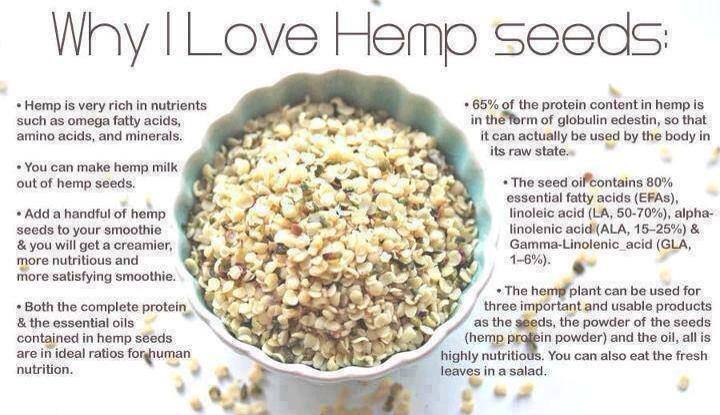
Last year, the Hemp Industries Association (HIA) estimated the total retail value of all hemp products sold in the U.S. at $620 million. Sadly, all of the raw hemp materials were imported from other countries.
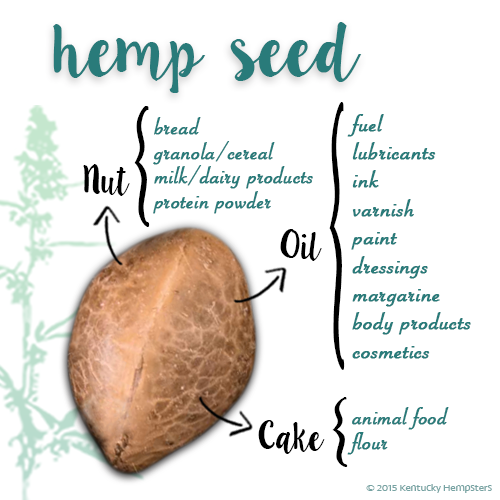
According to The Global Hemp Group:
In the 2013 Congressional Research Service report entitled “Hemp as an Agricultural Commodity”, reported that the U.S. retail market for hemp is estimated to be $500 million. It is estimated that the United States imports 60% of hemp produced worldwide, which would indicate that the global hemp market is well over $800 million. The medical and recreational cannabis markets are estimated to be anywhere from $10 to $120 billion annually. Credit
Hemp is an attractive rotation crop for farmers. As it grows, hemp breathes in CO2, detoxifies the soil, and prevents soil erosion. What’s left after harvest breaks down into the soil providing valuable nutrients. Hemp requires much less water to grow — and no pesticides — so it is much more environmentally friendly than traditional crops and it can be grown on marginal land.
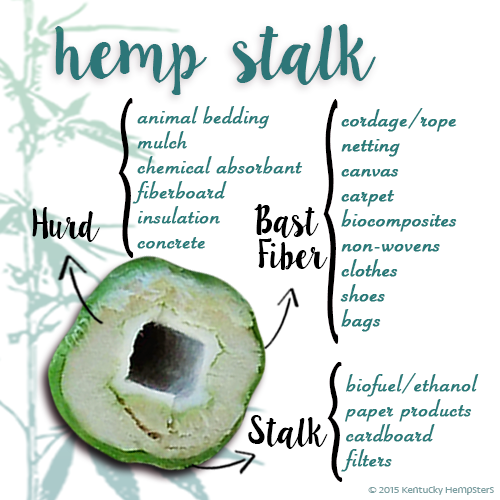
Industrial Hemp Bill Passes in Washington State
In Washington State, where I live, permission was granted from the federal government for Washington University to conduct feasibility studies to determine if it is, in fact a viable commodity. The answer is obvious, as the U.S. imports almost all of its 60% share of the global hemp market.
Some of the most practical uses of industrial hemp are the same as they ever were, which make the need for government feasibility studies a joke fostered on the American people.
The study concluded unanimously that the economic benefits to growing our own hemp would create jobs and prosperity in the state while reducing the environmental impact caused by growing other crops, but we have already known this since our country was first formed.
The law allows for the growing of hemp in Washington State yet no one is growing hemp yet, even though the market would support wholesale earnings of $12,000 per acre for the fiber and hurd of the plant.
Powerful interests in oil, lumber, construction and transportation seem to be dragging down the would-be farmer with regulations they have lobbied for, designed to slow the growth of hemp growing in the United States. There are states beginning to grow commercial hemp, but most of it is still imported.
Although the state legislators passed the industrial hemp bill 6206 unanimously and the federal government supported university research and people want to grow it, in an unexpected turn of events, Gov. Jay Inslee has vetoed more than two dozen bills sitting on his desk in response to legislature failing to reach a supplemental budget deal and one of those bills was the hemp bill.
Thanks to, in large part, to Joy Beckerman, the previously vetoed industrial hemp bill 6206 has officially been enacted into law after both chambers of legislature overrode the Governor’s blind veto.
Hemp can be used to produce over 50,000 products and many countries are way ahead of the United States in producing the raw material into many of those products.
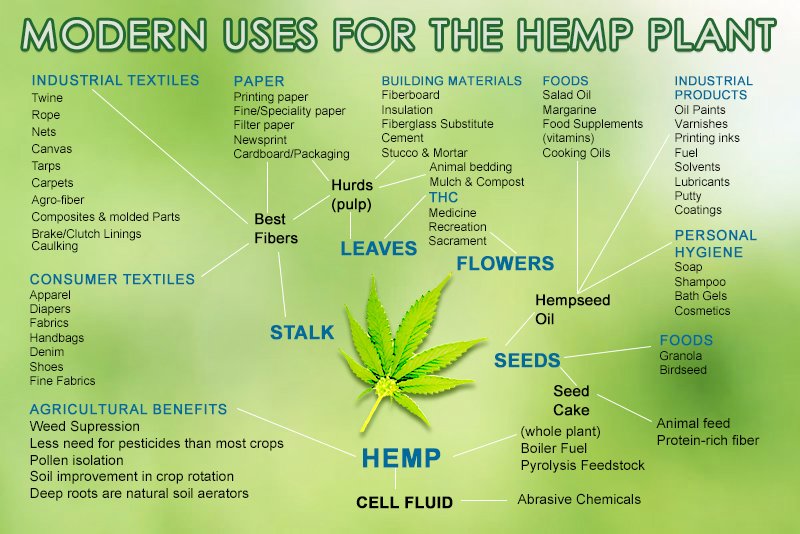
Why are we dragging our feet in producing a commodity when we ourselves consume the majority of that commodity in the world? Money and control have a lot to do with it.
You see, hemp is nonpatentable and can be grown on marginal land by any community to produce a large share, if not all, of that communities fuel, fiber and protein which is currently controlled by large corporations and regulated by governments. Bypassing these controlling interests would threaten their very existence.
On marginal land, a person could grow enough building material in one season to construct the walls and roof of a home while reducing their carbon footprint and deforestation in the process and the only thing standing in the way of us doing so is your government. I say, move over Uncle Sam, we have work to do.
Now some of you may think claims such as this are unrealistic, but that's not stopping other countries from moving forward. Australia, Austria, Canada, Chile, China, Denmark, Egypt, Finland, France, Germany, Great Britain, Hungary, India, Ireland, Japan, Korea, Netherland,s New Zealand, Poland, Phillipenes, Portugal, Romania, Russia, Slovenia, Spain, South Africa, Switzerland, Thailand and Ukraine have already surpassed the United States in hemp production and the U.S. is the main market.
How long will it take us to realize the opportunity knocking down our door? We the people should be demanding that we grow these industries and I believe the legislative roadblocks are designed to position large corporations to control the market, robbing the people and small farmers of this golden opportunity.
The truth is, there is no barrier to entry if it were not for unconstitutional laws that rob us of the freedom to grow a plant that has more benefits to mankind than any other plant that I'm aware of, all in the name of protecting us from intoxication and the irony of it all is hemp doesn't even get you high.
Our government has fooled us into believing that hemp and marijuana are the same things. They are not.
It seem the most difficult obstacle to moving forward is educating people that industrial hemp is not the same as marijuana and cannot get you high, but the focus has continuously been on the THC content, THC is the active ingredient in marijuana and hemp contains so little if it that getting high is not an option. There is no psychoactive component to hemp.
To grow industrial hemp in the states that allow it requires the THC content be less than .03%, yet to certify the seeds' THC content to the satisfaction of U.S law presents a catch 22. Countries that supply the seed are in many cases not under the same legal scrutiny to ensure the low THC content as the U.S. requires, as they know that hemp is not intoxicating so they don't test hemp seed for low THC content, and even when they do, the tests are not done by the U.S. and so the testing results do not qualify.
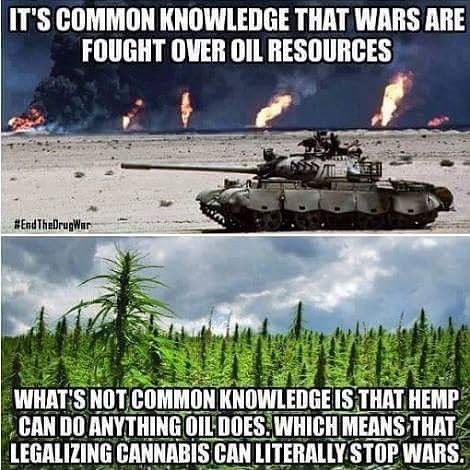
The quagmire of lawful barriers our country has enacted essentially slow our progress in growing our own supply of hemp needs to be overcome and a revolution is underway to change the laws of this country concerning hemp. Meanwhile, other countries are taking advantage of our stupidity and our hesitancy to move forward.
Hempcrete Revolution
There are some glimmers of hope in the United States though and many states are beginning to grow hemp.
Thirty-two (32) states have defined industrial hemp as distinct and removed barriers to its production. These states will be able to take immediate advantage of the industrial hemp research and pilot program provision, Section 7606 of the Farm Bill: Alabama, California, Colorado, Connecticut, Delaware, Florida, Hawaii, Illinois, Indiana, Kentucky, Maine, Maryland, Michigan, Minnesota, Missouri, Montana, Nebraska, Nevada, New Hampshire, New York, North Carolina, North Dakota, Oregon, Pennsylvania, Rhode Island, South Carolina, Tennessee, Utah, Vermont, Washington, West Virginia and Virginia.
Seven states (Hawaii, Kentucky, Indiana, Minnesota, North Dakota,Oregon and Tennessee) in 2015 had hemp research crops in accordance with section 7606 of the Farm Bill and state law.
Five states (Colorado, Kentucky, Oregon, Tennessee and Vermont) in 2015 licensed or registered farmers to grow hemp under state law. credit
Hempcrete, of all the 50,000 known products that we can make with hemp, is my favorite. It is a mold-resistant, pest-resistant, fire-resistant, carbon-negative building material.
Did you know that you can grow enough hemp for a house on one hectare in about four months while improving the soil and without using pesticides of herbicides or needing special machinery?
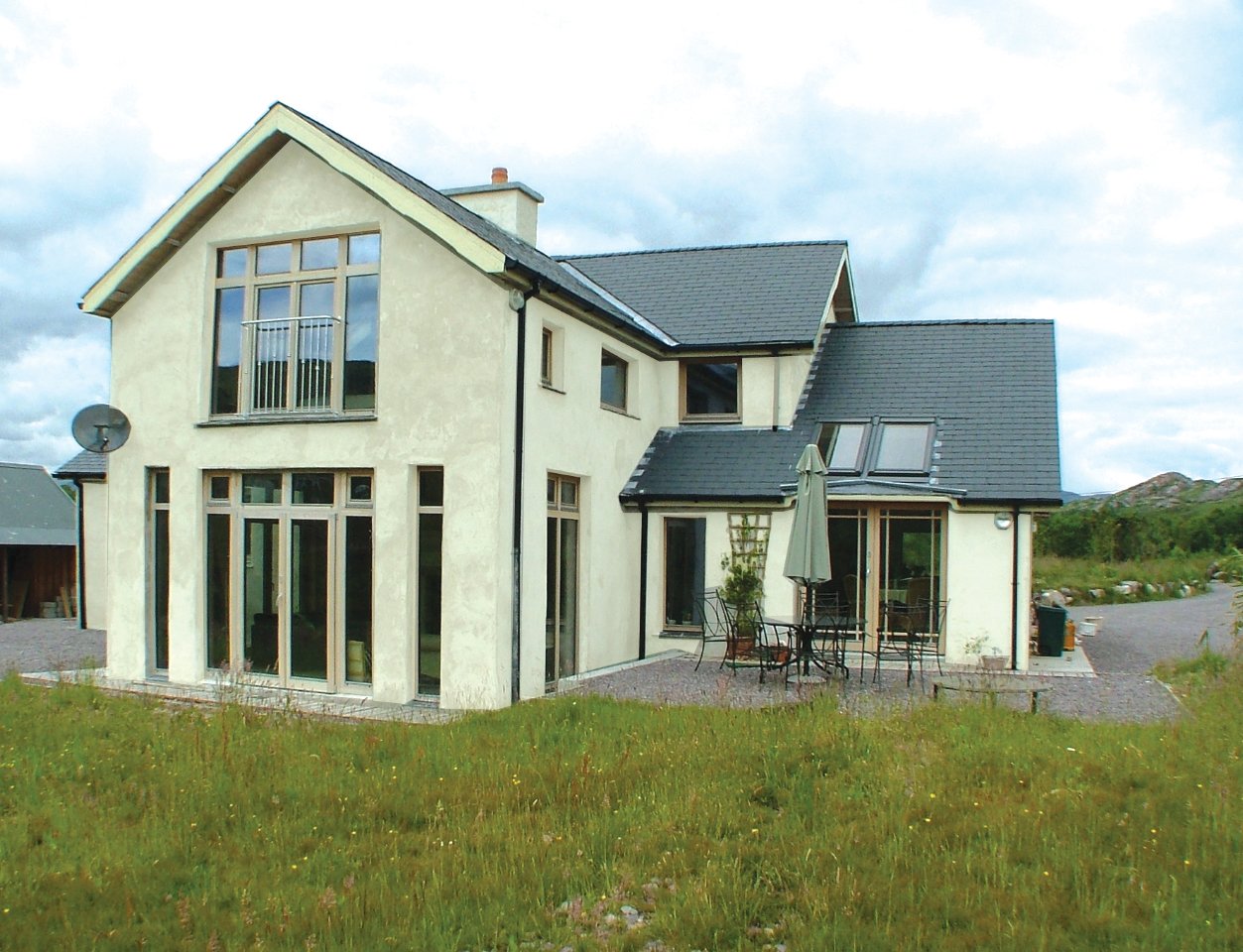
The building process is so simple that almost anyone could build using hempcrete and grow their own house. It would be an economic boon to our country if we could all grow our own building materials in a short time and build a house while reducing our debt to banks.
Why would anyone want a 20-year mortgage for a house loan when you can grow your own building materials in one growing season and build it in less than a year? Banks would not like that very much, would they?
Ask me again why this great idea is taking so long to implement and what it has to do with getting high? Are you starting to understand why the lines defining marijuana and hemp have been purposely blurred in the national dialog to confuse us about the merits of hemp?
We Need To Grow Hemp For America
We need a program to enable people to grow their own shelters. Just think of the good it would do to someone's well-being and piece of mind if they were empowered to grow and build their own shelters.
Our government has spent decades and countless tax dollars confusing our citizens about the issues of marijuana that has led us to throw hemp into the same debate when the reality is they are not the same things at all. Our war on drugs has failed to help our nation and intoxicated us with misinformed views about hemp.
It's time we demand a change to our laws and begin building with hempcrete. This revolution would put the power of being able to provide shelter for ourselves and our families squarely in our own hands, unsaddle the debt strapped upon us by conventional home building.
In my county, building permits are not required for any structure up to 400 square feet. I'll give you one guess what I'll be using as a building material for my next building, and when I do, I'll be sure to post the project on Steemit.
Enjoy this inspirational video of a family in Oregon leading the way to growing hemp.


Related Posts
Sowing Seeds Of The Devils Weed - Confessions Of A Second Generation Pot Farmer


